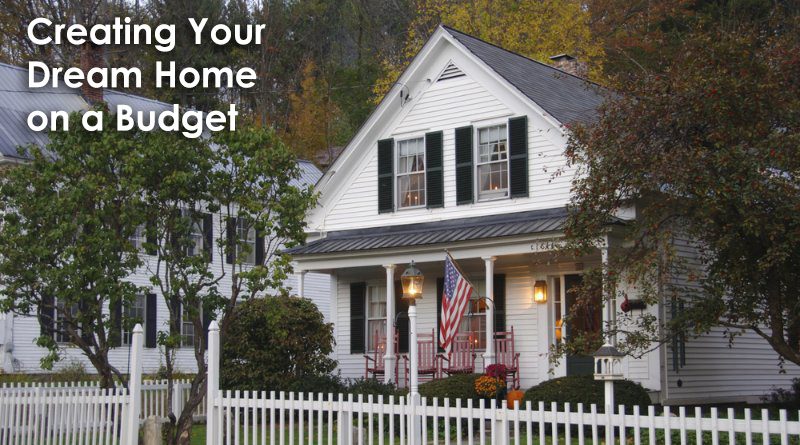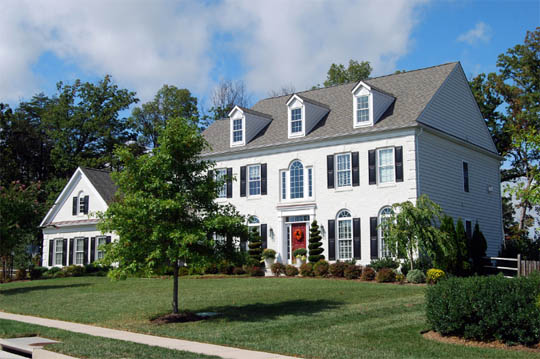Creating Your Dream Home on a Budget
Visualising, building and owning a new home that fulfils your dreams is not an easy undertaking. Framing a dream home in itself is a challenge: for example, golf world No.1 Jordan Spieth recently purchased an $8.5m home in Dallas with swimming pool and indoor basketball court. This writer, although appreciating the aesthetic beauty of the building, hates swimming and is 5ft tall. Clearly, one person’s dream is another person’s waste of time.

Let’s assume that you have a rough idea for rooms and aspects that you need in a dream home, but your budget is fairly limited. Here are the steps you need to take next.
Seek expert advice
Step number one, before plunging limited resources into a half-baked plan, is to try to get an informal idea of costs, planning procedures, and logistical issues. A project manager, designer or architect worth his salt will instantly tell you if your idea is ridiculous or wildly expensive, but also advise on areas where you might save big bucks if following the right guidelines. Putting everything in order and planning ahead could save thousands or tens of thousands of pounds.
Self-build king Kevin McCloud said that those who fail in self-building projects are normally arrogant in their own beliefs: “(it’s) people who can put up a shelf, so think they can
put up a house. People who run their own IT business, so think they can run a construction project. And people who go it alone, instead of paying for professional help.” Paying an expert might sting, but it’s better than ploughing any money into a project that falls apart.
Be realistic
What do you want, and what do you need from a dream home? Think practically; is there any need for six bedrooms if you only need three? Perhaps three or four larger rooms is a better solution. In addition, could you build it in stages? Completing a small house in the short term but allowing scope for fitting extensions and modifications down the line when finances are easier.
Consider whether you want to build a new home from scratch,or convert an existing building into something more dreamy. The latter might be easier to achieve once you’ve found the correct initial home, the former will be more expensive and you’ll need to find the correct patch of land and gain planning permission, but it will allow more freedom. It might be worth seeking ‘pre-planning advice’ before getting this far.
Money
Ideally you’ll want the full package to be completed in one package by one company, although you might need another source to prepare the groundwork. It’s wise to prepare for emergencies and contingencies even if you’ve secured a mortgage; in emergencies keep a credit card free or consider a log book loan from a company such as Car Cash Point.
Plan ahead with a view to saving money on the home once completed by incorporating solar panelling and wind turbines, or ecologically sound materials. Make the decision on brick and block v timber, or other viable materials. You can apply for a refund on building materials and services from the government, which is also worth researching.
Ultimately your dream home can be as big and grandiose, or as small and perfectly formed as you want, providing you are wise and don’t try to do too much too early. Speak to experts, be prepared to compromise, and you could be moving in sooner than you think.



